Genius of Place (33 page)
Authors: Justin Martin

Olmsted hoped to stay in New Yorkâeven for one more dayâto supervise a planting of trees in Central Park. But events were calling him away.

John Olmsted was a kind father and extremely indulgent, allowing Fred to enjoy a kind of extended adolescence. He bankrolled many of his eldest son's speculative schemes.

During his early twenties, Olmsted hung out in New Haven and became friends with his brother John's Yale circle. This 1846 daguerreotype features (l. to r.) Charles Trask, Charles Brace, Fred Kingsbury, Frederick Law Olmsted, and John Hull Olmsted.

John Olmsted, Fred's brother.
Mary Perkins Olmsted, who was first John's wife and later Fred's wife.
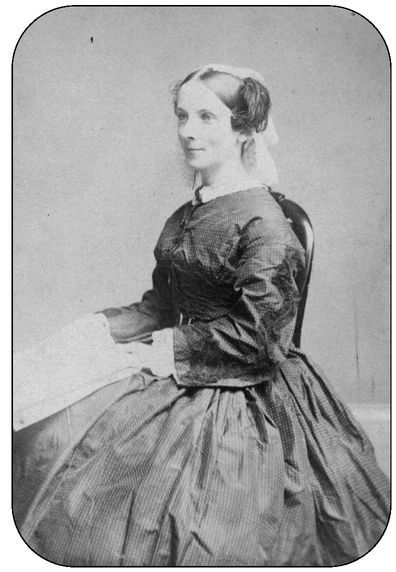

FLO in cap and cape, circa 1860.

Olmsted and Vaux's inspired Greensward plan beat out thirty-two other entries to become the design for Central Park. The Ramble, originally an untamed garden, was Olmsted's favorite feature. The Cave added a sense of mystery during the early years of the park. (Its opening was later covered over.)

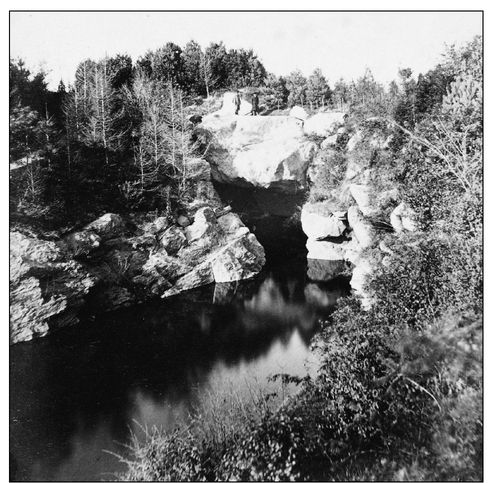
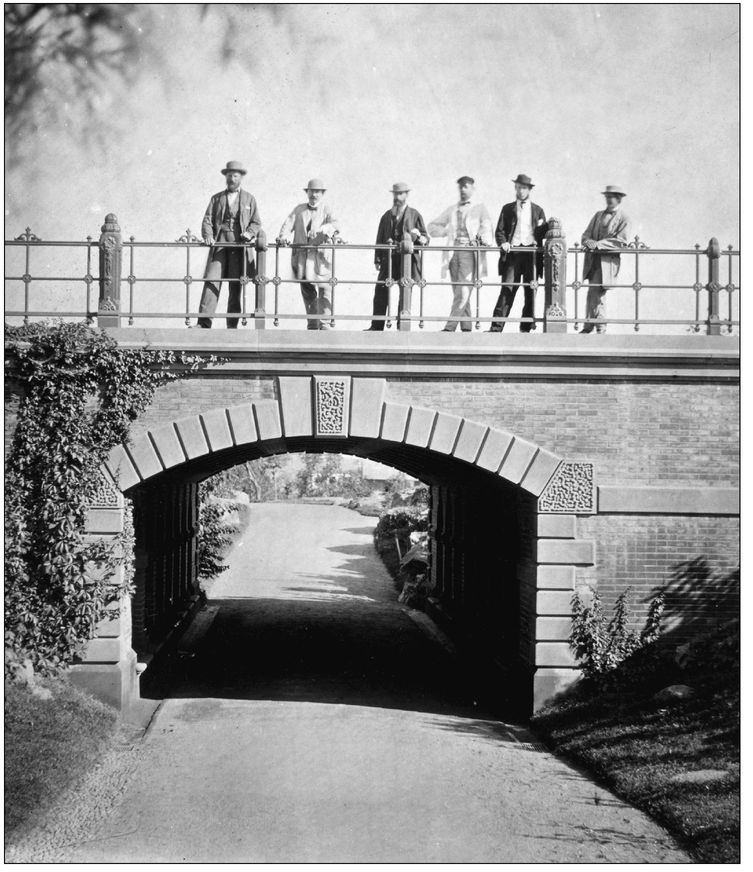
Central Park's creators (l. to r.): Andrew Green, George Waring Jr. (probably), Calvert Vaux, Ignaz Pilat, Jacob Wrey Mould, and Olmsted.
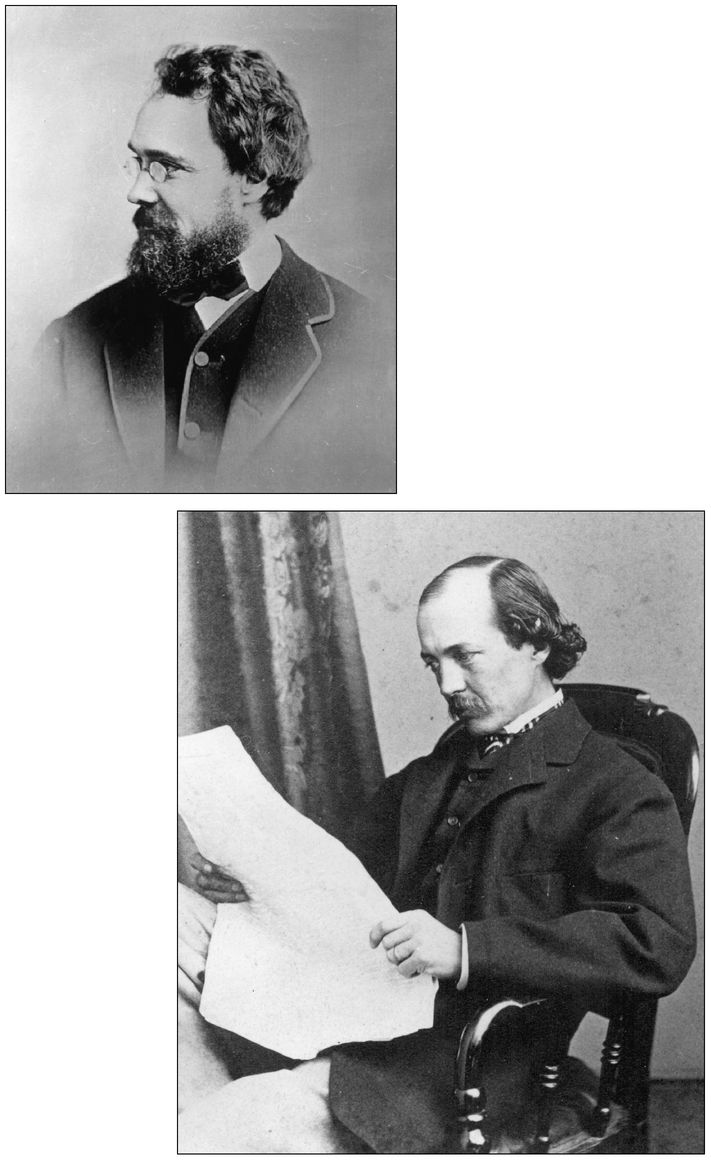
The partners: Calvert Vaux (left), a trained architect of immense talent, and Olmsted (below), self-taught and sublimely intuitive, had a strained working relationship.
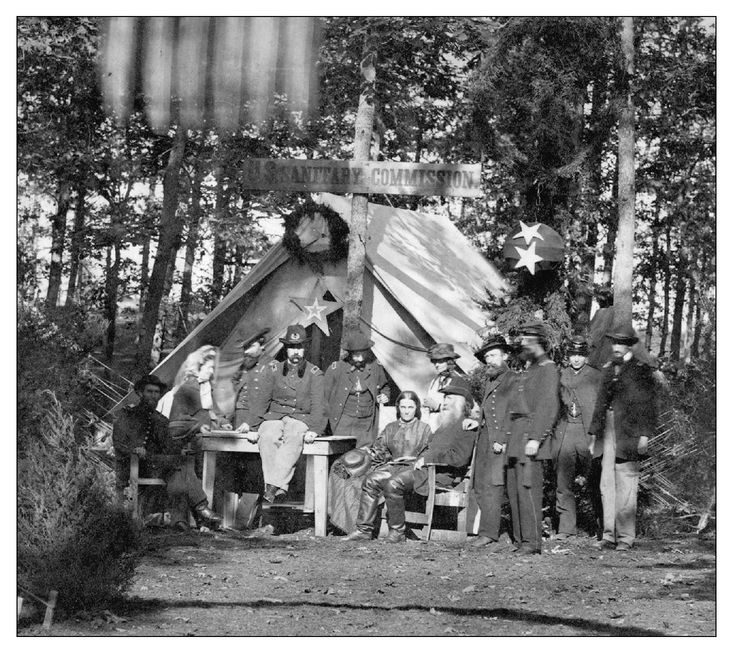
During the Civil War, Olmsted headed the U.S. Sanitary Commission, forerunner of the Red Cross and a vital source of aid to wounded soldiers. Olmsted raised money and purchased this cannon, which was placed in front of the Free State Hotel in Lawrence during the Bloody Kansas struggles.
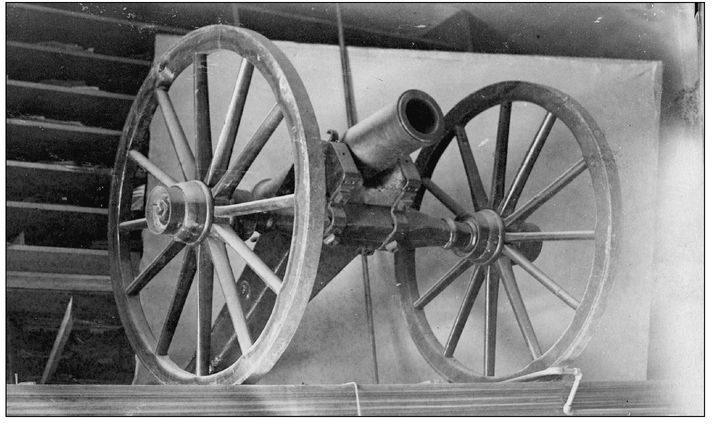
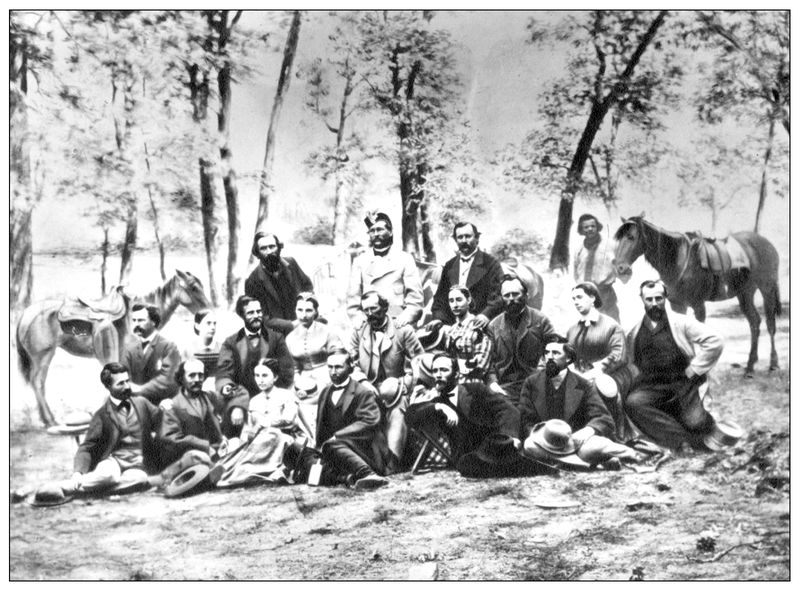
Other books
Waitress Wanted (Kit Tolliver #5) (The Kit Tolliver Stories) by Block, Lawrence
Accidental Love by BL Miller
Fear of Fifty by Erica Jong
You Have Not a Leg to Stand On by D.D. Mayers
The Perfect Pathogen by Mark Atkisson, David Kay
Judenstaat by Simone Zelitch
Her First Fisting by Unknown
Phoenix Overture by Jodi Meadows
The Quest of Kadji by Lin Carter
First and Goal (Moving the Chains #1) by Kata Čuić
